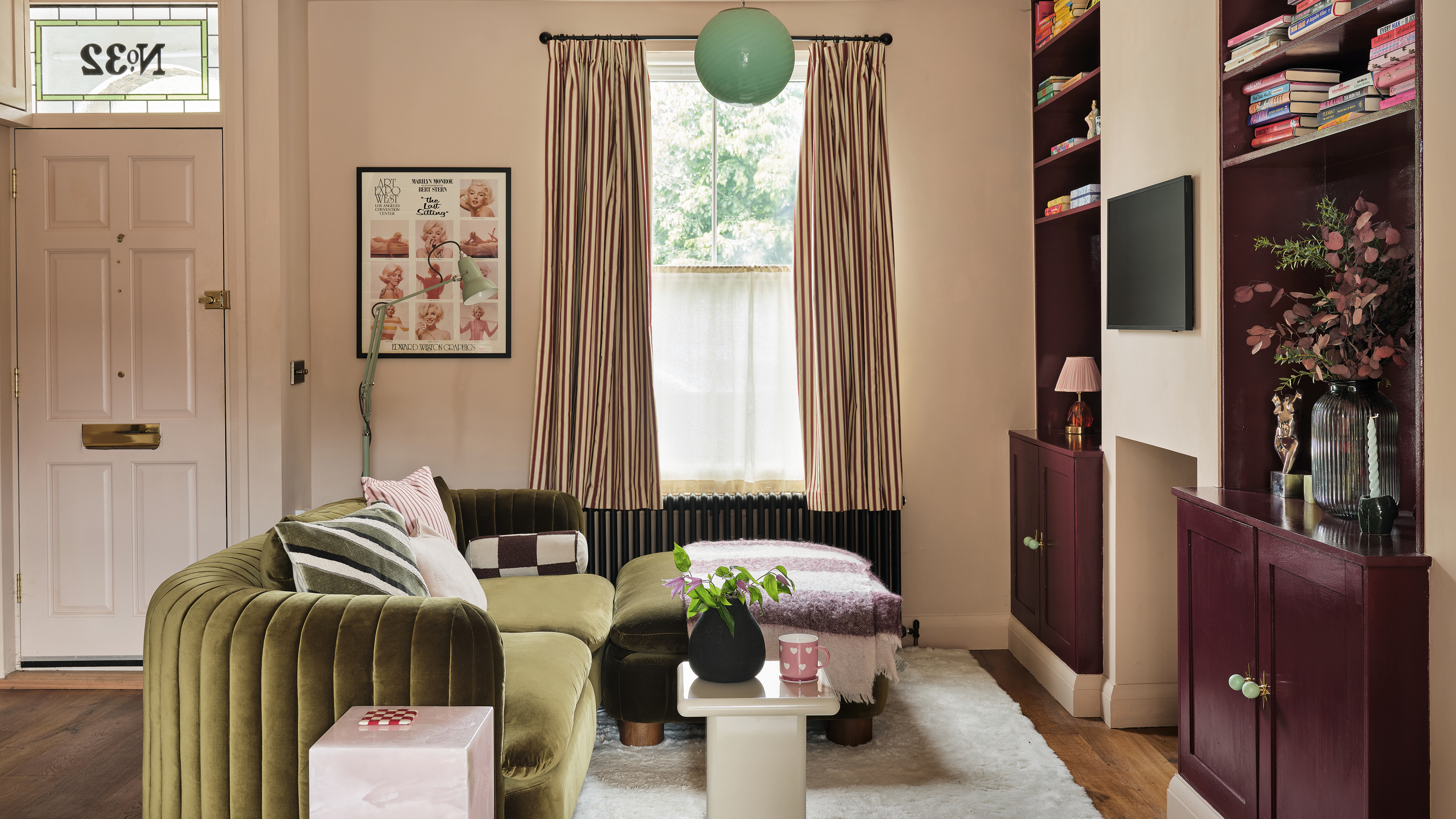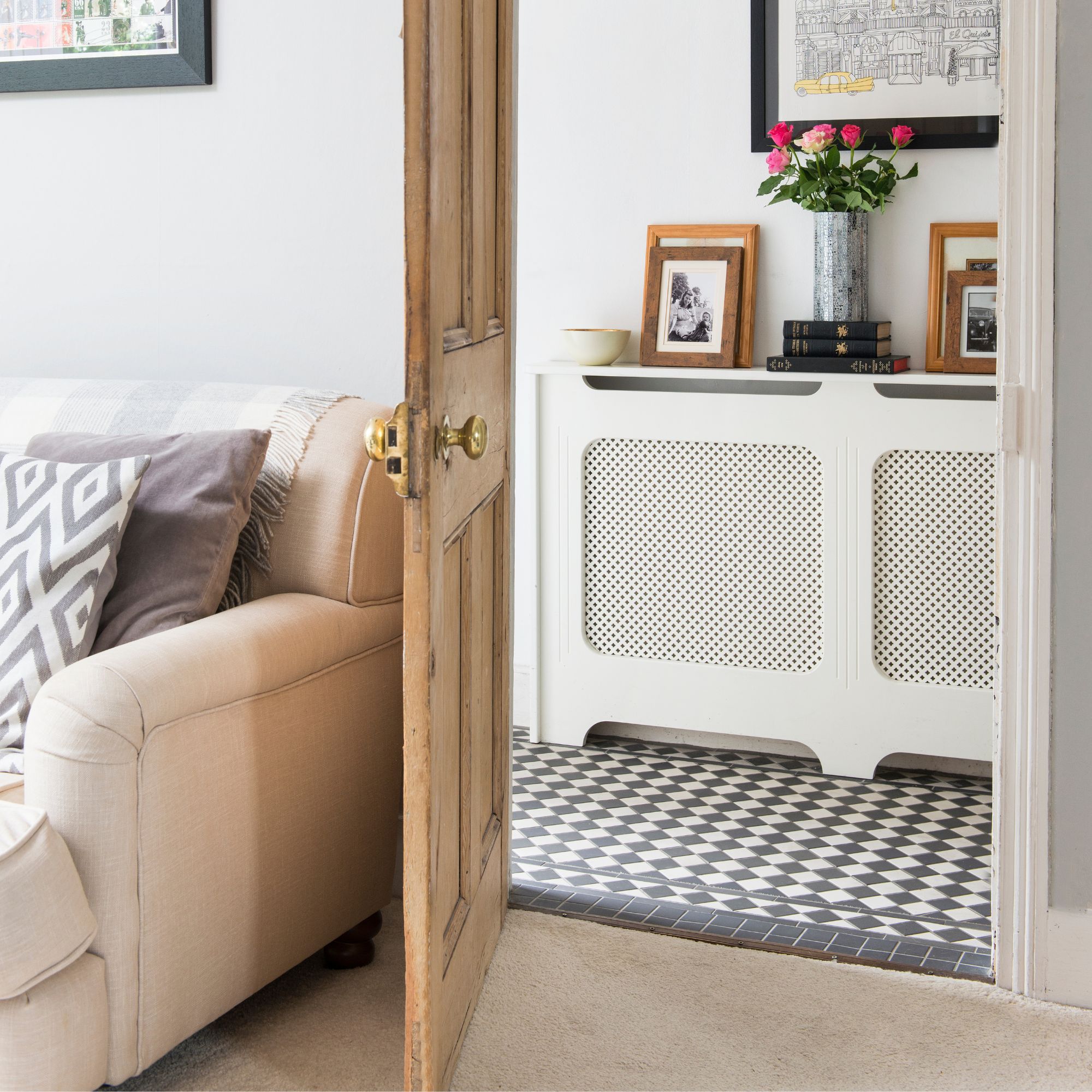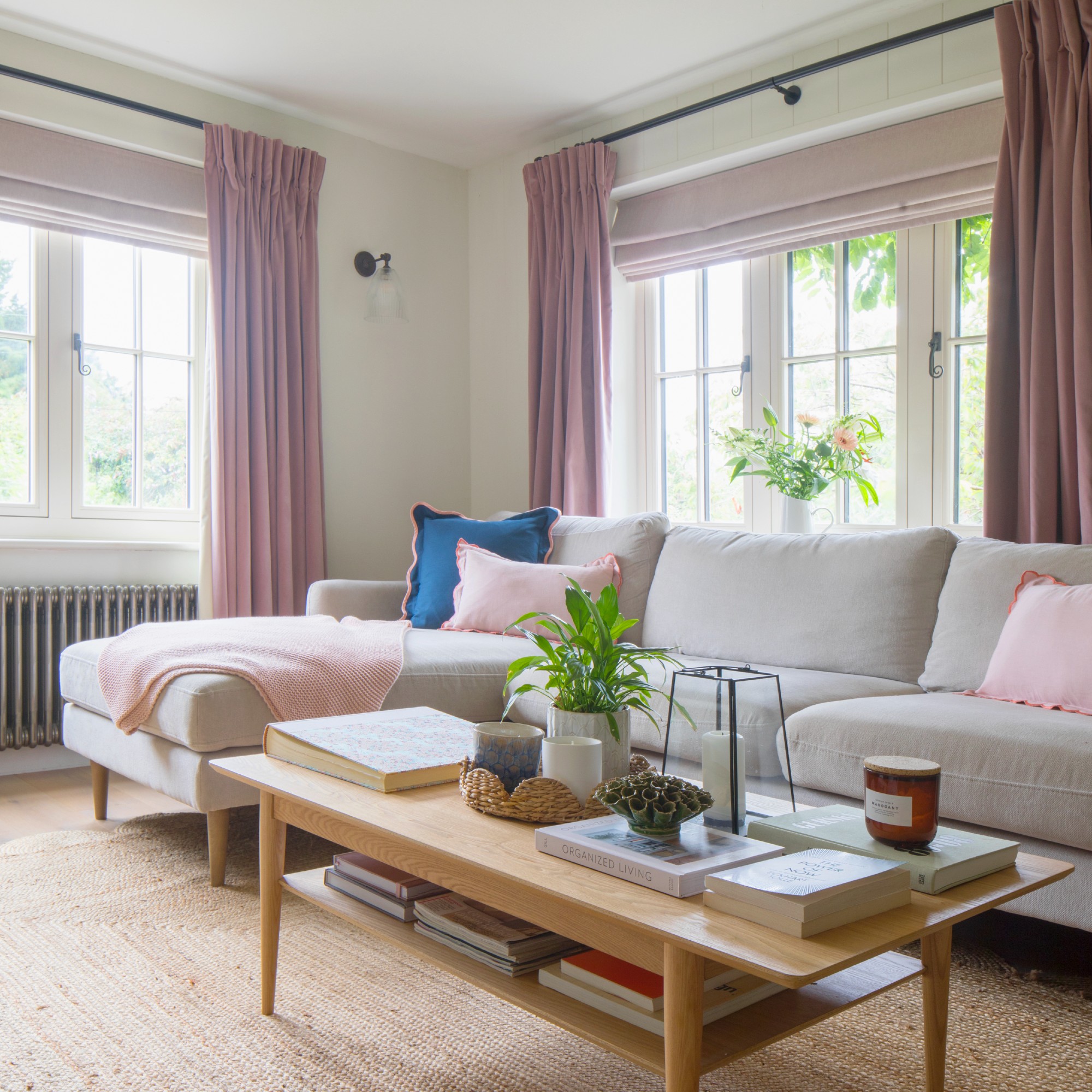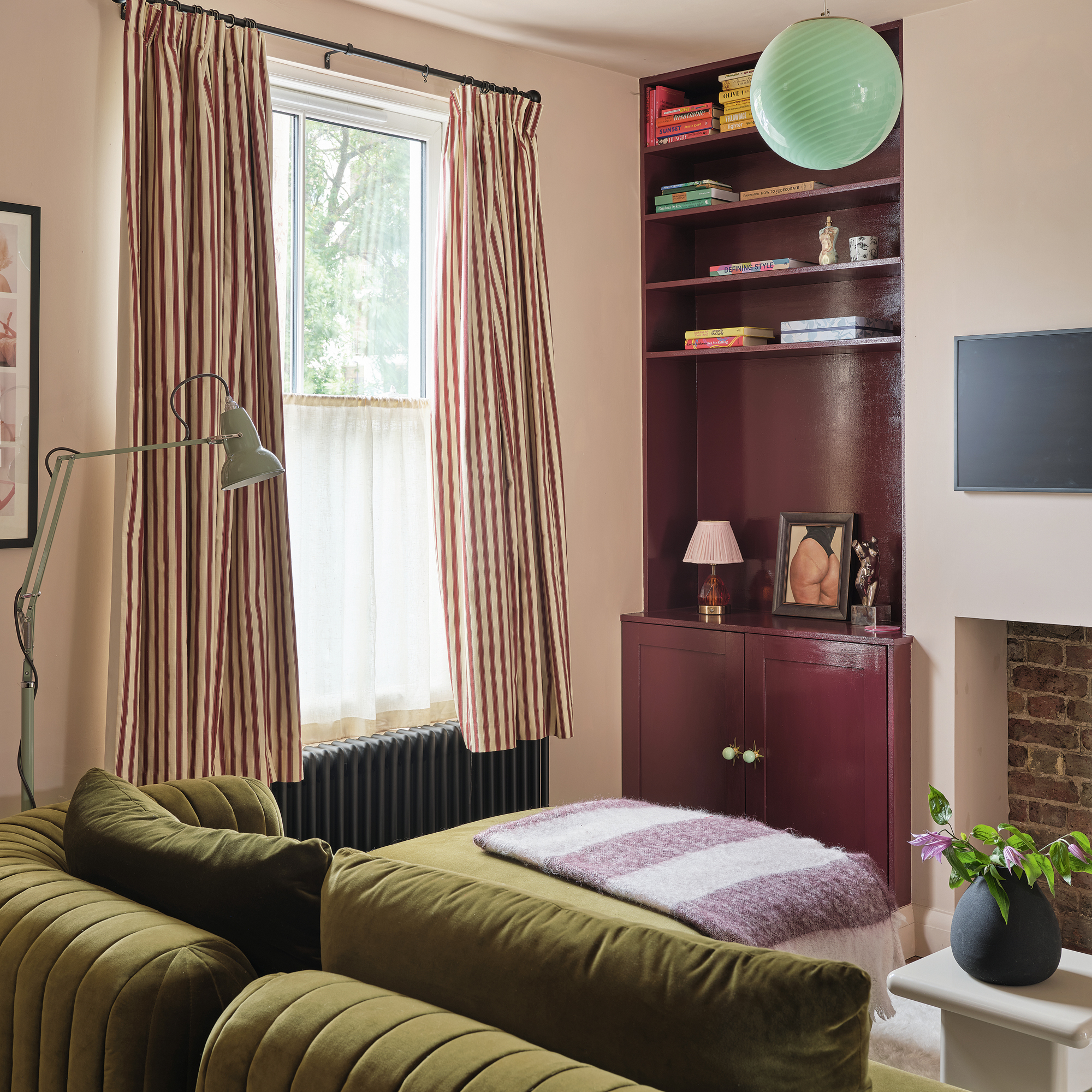I didn’t realise these 3 home decor choices were increasing my heating bills – I'm changing them ASAP to save money this winter
My radiators were working double time to make up for these mistakes


As the temperature drops, thoughts again turn to ways to reduce our heating bills.
There are plenty of energy-saving tips available; however, I didn't realise that some of my interior design decisions were reducing the efficiency of my radiators and, as a result, raising my bills.
'Anything that blocks or traps the heat from a radiator will make your heating system work harder and less efficiently. In some cases, you could be using up to 20% more energy just for the room to reach the same temperature, which will have a huge impact on how much it costs to heat your home,' says Ryan Willdig, heating expert from Heatforce.
1. Radiator covers

While ideal for disguising less attractive radiators, radiator covers can significantly block heat, reducing the efficiency of your home heating system.
'Radiators heat a room through natural convection, so when you cover your radiator, you halt the flow of cold and warm air and slow the speed at which it heats a room. This means your heating needs to be on for longer, which increases heating bills,' explains John Klee, heating technology expert at BestHeating.
As well as reducing convection, radiator covers also limit the amount of infrared heat. 'Radiator cover can limit the amount of infrared heat by up to 30% – wooden/MDF designs are the worst for this,' adds Nick Duggan, MD at The Radiator Centre.
While uncovered radiators are the most efficient, some radiator covers are better than others. The best radiator covers will have plenty of ventilation holes and a grill front – like this HomCom design from Amazon – which reduces the amount of heat that the cover blocks.
Sign up to our newsletter for style inspiration, real homes, project and garden advice and shopping know-how
‘If installing a radiator cover, ensure you have enough space between the radiator and the cover. The gap between the radiator and the cover should be at least 5 centimetres in width, 3 centimetres in height and 3 centimetres in depth to ensure it won’t affect the radiator’s BTU (British thermal unit) output,’ recommends Nancy Emery, heating expert at Drench.
2. Full length curtains

Full-length curtains – especially luxurious ones like Habitat's chenille blackout thermal curtains – are one of our favourite ways to create a cosy living room.
‘Using thick curtains and closing them at dusk is a simple way to retain warmth and block out cold air. Heavy fabrics like velvet or thermal-lined curtains help insulate windows, trapping the warmth inside and reducing heat loss,' explains Jessica Steele from BestHeating. Habitat's chenille blackout thermal curtains instantly channel the cosy feel.
However, if your windows sit above a radiator, full-length curtains – especially thick ones – are a big no-no.
'Closing the curtains over a radiator can cause a 15 to 30% reduction in heating efficiency as the warm air gets trapped between the curtain and the window, which raises the temperature of the window glass and increases the rate at which heat is lost to the outside,' says Nick Duggan, MD at The Radiator Centre. 'In poorly insulated homes with single-glazed windows, there can be up to a 50% reduction in heating efficiency.'
Instead, look for window blind ideas which can be layered with full-length curtains for the best of both worlds. These William Morris blinds from Dunelm can be upgraded with a free thermal lining to reduce heat loss through the window.
3. Placing furniture in front of a radiator

When designing your living room layout (or any other room in the home), factor in the placement of the radiator in your design.
'A sofa or cabinet blocking a radiator will trap warm air behind it, meaning you’ll feel cooler even though the heating is on,' says Nick Duggan, MD at The Radiator Centre. 'Try to leave at least 20–30 centimetres between your radiator and any large furniture. That small gap makes a big difference to how effectively heat can flow through the room.'
If you are struggling with small bedroom layouts and have to put a piece of furniture in front of the radiator, opt for lighter pieces or those ideally on raised legs. 'Big, bulky pieces made from dense materials such as solid wood sideboards and leather sofas really stifle heat circulation. Lightweight pieces or those raised on legs are much better options, allowing warmth to travel freely and keeping your home cosy and efficient.'
Keeping furniture at least 30cm away will help prevent damage, too. 'Over time, the heat from radiators can damage your home furnishings, it can warp wooden furniture, fade upholstery, and cause cracks in leather, therefore reducing their lifespan, explains John Klee, heating technology expert at BestHeating.
Change this one design element, and you'll likely see changes on your smart meter and in the temperature of your home.
FAQs
Do you lose much heat with radiator covers?
Yes, you can lose between 20 and 30% of your radiator's output with a radiator cover. This means that if you have a radiator, it can cost 20 to 30% more to heat the room to the desired temperature. Removing your radiator cover will result in real savings on your energy bills.
What can I use instead of a radiator cover?
Instead of a radiator cover, Nick Duggan, MD at The Radiator Centre, recommends installing a radiator shelf.
A minimalist shelf design like this from Amazon not only offers a spot for decor, but it also increases the radiator's efficiency. 'Installing a shelf just above your radiator helps direct warm air into the room rather than allowing it to rise and get trapped behind curtains or blinds. The shelf acts as a barrier, guiding the heat flow into the living space.
Another alternative to a shelf is a compact console table. These slot seamlessly over the radiator – like this from Amazon – and are ideal for rental properties or small hallways.
Now I know what an impact all these design choices were having on my energy bills I'm changing them asap to save money this winter.

Holly is one of Ideal Home’s content editors. Starting her career in 2018 as a feature writer and sub-editor for Period Living magazine, she has continued this role also adding regular features for Country Homes & Interiors and the Ideal Home website to her roster. Holly has a passion for traditional and country-inspired interiors – especially kitchen design – and is happiest when exploring the countryside and hills of the Lake District. A keen gardener, she is a strong believer that you can never have too many houseplants.